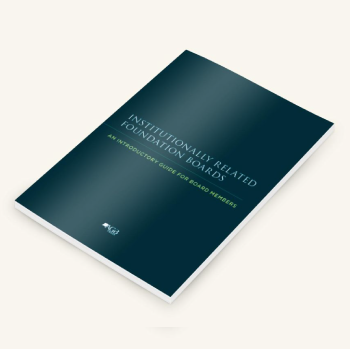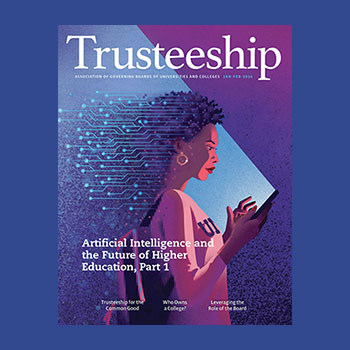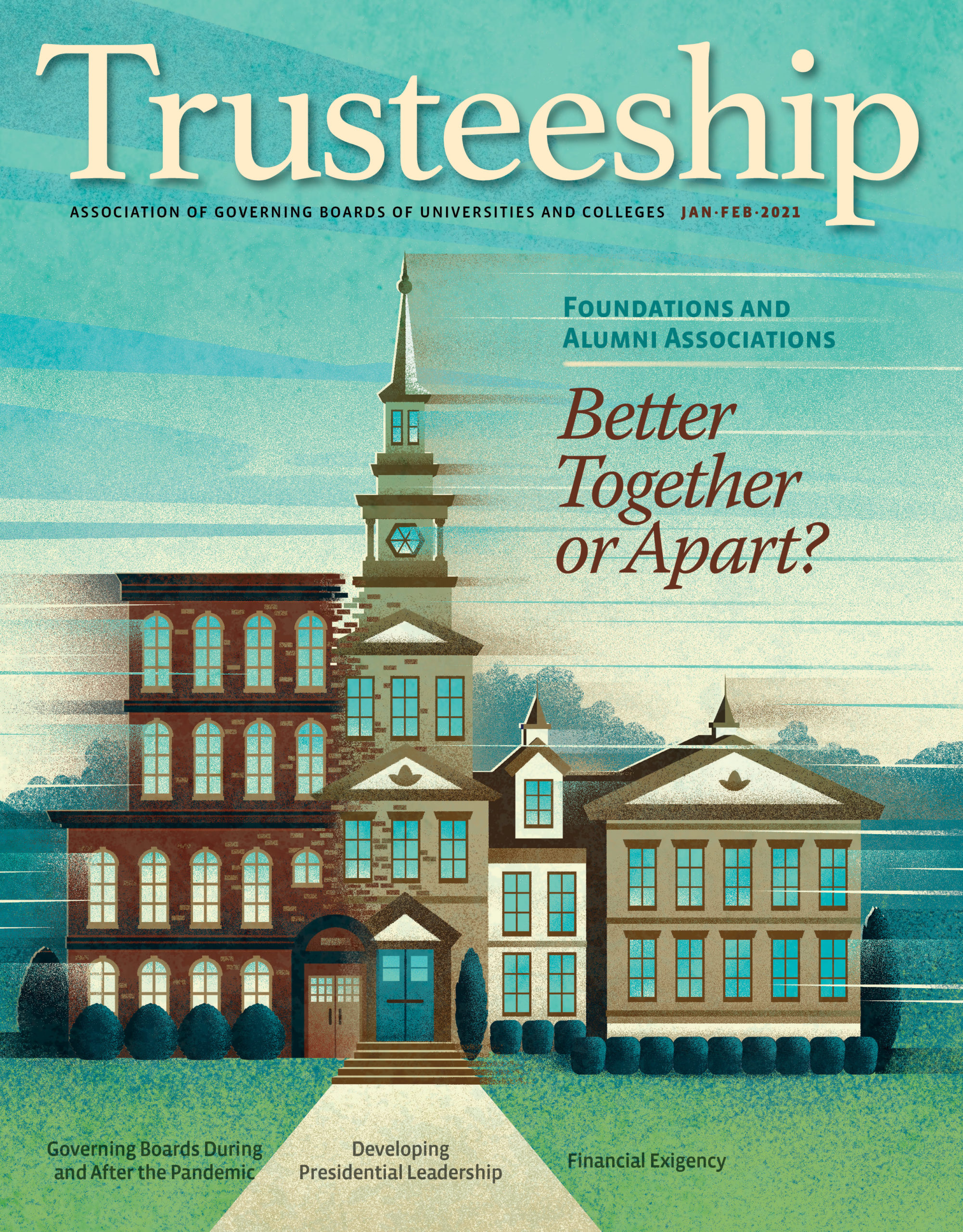Why this is important.
Institutionally related foundations (IRFs) are vital to the future success of higher education. IRFs foster a culture of collaborative engagement with their host institutions by continually supporting institutional missions and strategic goals.
The role of IRFs is shifting. Historically, IRFs primarily financed the “margin of excellence” special initiatives that set each institution apart, but today IRFs act more as key philanthropic and entrepreneurial partners that actively support the institution’s basic business and operating model. They seize opportunities for growth by cultivating donor relationships and “providing flexibility in the investment, management, and expenditures of resources.” Through foundation alignment and innovative initiatives, IRFs ensure the viability of their host institutions in today’s uncertain higher education environment.
Sources: New Board Member Orientation, AGB
The New Realities for Public Higher Education Foundations edited by Richard D. Legon, AGB 2020
Questions for boards.
Click below to reveal key questions for your board to consider:
Alignment
Consequential Questions:
- What can our foundation do to strengthen the alignment of our board with the institution (or system) governing board?
- Are our foundation board members fully aware of the funding relationship and financial model of the foundation they serve? Are our board members fully oriented to the realities of the funding model, the revenue, and the cost model of the foundation?
- How can our foundation regularly evaluate our own programs in ways that influence institutional alignment?
- How does the institution and foundation build ongoing relationships with donors and keep them engaged with the college, university, or system?
Sources:
Strategy and Standards
Consequential Questions:
- Does the foundation board hold its members to the highest level of performance and ethical standards?
- Does our foundation’s structure—board member makeup, committees, governance documents, leadership, and collaboration with its host institution—enable a truly forward-looking agenda for the board in support of the institution?
- How does our foundation’s strategic plan inform board decision-making?
- Are agendas for meetings of the full board focused on strategic issues? Are adequate and appropriate materials distributed in advance of meetings to inform board discussions?
Sources:
Recommended resources.
We carefully curated these staff-picked resources for you:
The New Realities for Public Higher Education Foundations
2020
Edited by Richard D. Legon
The Essential Partnership between Foundations and Institutions
Podcast
Hosted by George P. Watt Jr.
Institution-Foundation MOUs: Models to Support Collaboration and Strategic Alignment
Webinar On Demand
Presented by David Bass and Thomas Hyatt
Cultivating Connections in a Contentious World: How foundations sustain their work of relationship-building in a challenging environment
Trusteeship magazine, January/February 2024
By Naomi Dillon
Foundation CEO Toolkit
Toolkit
AGB















